Behind the Bike: The Merida One-Sixty
When you think of aggressive, race-bred mid-travel bikes, Merida probably isn't a name on the tip of your tongue. In fact, if you live in North America, you might not know the name Merida at all. Despite this, you have almost certainly seen Merida-produced bikes on your local trails. They are the second largest Taiwanese bicycle manufacturer, after Giant, and one of the top aluminium specialists in the world, yet thanks to the byzantine web of production deals, their bikes have never been sold in North America and they remain a brand many people may have never heard of.
Here in Europe, they had a big presence on the XCO scene with the Merida-Multivan team. When they finished the programme in 2016 after 16 years, the team had more than 30 World Cup wins, 15 World Championship titles and Olympic gold and silver medals to its name. Yet despite this straight-laced, lycra-clad appearance, there was always a dark, kinky streak running through the company. After all, it was aboard a Merida that a certain Thomas Genon burst onto the world scene in 2012. So when it came time to look at their 160mm bike, as product manager Rey Ilagan says, "people weren't really expecting anything from us, so we were free to do what we liked with this bike."
The result? A mid-travel monster that pushes right to the forefront of current geometry that would not look out of place on any EWS race course, the One-Sixty. Yes, the One-Sixty has been out for over a year now, but we thought it was still worth diving deeper into the story behind the its creation. We travelled to their engineering centre in the German motor industry hub of Stuttgart to meet the team behind this surprising bike.

Having their European base here in Stuttgart is a huge deal for Merida, with the global HQ for Mercedes literally just down the road and Porsche a few minutes away, it is one of the acknowledged centres of mechanical engineering excellence and Merida are proud to draw from this for their bicycle development.
The starting point for this new bike was to take almost everything about the old bike and throw it away. Engineer Roman Braig is not nostalgic for the old bike, "This bike was quite old-fashioned. From the kinematics, we had good downhill performance, but I have to say that uphill performance was pretty poor because of pedal kickback and anti-squat. We wanted to go for a real race-ready enduro bike, so we had to improve our uphill performance a lot." While this may seem counter-intuitive for a bike that is meant to come alive when you aim it downhill, you need to be able to get the power down to stand any chance of being competitive when racing. This meant ditching the heart of the old bike, their Virtual Pivot Kinematic (VPK) system and using the floating shock technology they had recently introduced with their 120mm travel bike.
Roman explains that with the fully-floating design they could "fine-tune the anti-squat with the main pivot location... and we have the advantage that we can then use the upper linkage to fine-tune the kinematics independent of the anti-squat ratio." The intentions of this bike become more clear when you look at how it behaves under braking. The VPK system on the previous bike was a virtual pivot system, not so different from a Maestro or DW Link bike, which means that the suspension performance could be separated from the braking influence. By switching to the full-floater design, they are essentially switching to a single-pivot, which means the braking will have a much greater influence on the suspension performance. Roman clarifies this, acknowledging that "there is a little bit of locking under braking. From a racing point of view, it is possible to deal with this issue, but to have a bike that doesn't pedal well is much more of a disadvantage. You have to find a compromise between pedalling and downhill performance."
The initial drawings of the One-Sixty taking shape.
By moving from a horizontal to a vertically-mounted shock came new possibilities for frame design, too, and brought about a number of really significant benefits. Firstly, it helped them create the kinematic they were looking for, they felt that with the old design they were going to have to make compromises they didn't want to make. With this new layout, Roman explains, "You lower the centre of gravity because you can move the shock to a lower position in the frame. You get a really low centre of gravity, which is very good for cornering and stability. From the structural side, with the full-floater design the forces are concentrated the rocker pivot and the main pivot. Therefore, the toptube doesn't have to withstand the forces from the shock through a compression. This means that the toptube can be lighter, because if the shock were mounted to it you would have to add some reinforcement so it could withstand those forces."
Having the toptube separated from the suspension forces also meant they could be more creative with the design, adding a huge bend just ahead of the seattube to significantly lower the standover of the bike. It is thanks to the new generation of metric shocks and the trunion mount that this is possible. "The current shock is 205mm eye-to-eye with 62.5mm stroke, in comparison a standard mount shock would, which would be the comparable model with 225mm eye-to-eye for the same stroke," says Roman. "Also, the trunion mount was very important to us because this design has the benefit of being able to use bearings at the top shock mount. They're integrated into the rocker link, and therefore the friction is reduced compared to a standard bushing." Another benefit of this design is that it leaves most of the front triangle free, which means there is plenty of space to fit a full-sized water bottle in there, regardless of what shock you run.
Like many longer travel bikes released in the last year or so, Merida opted to remove front derailleur compatibility from the frame. Without the need to accommodate one they could widen the main pivot significantly to make the frame stiffer. This choice also helped them achieve their desired climbing performance, as Roman sets out, "with one-by, you can really fine-tune your main pivot location and your anti-squat ratio with it. If you have the two-by option you always have to compromise, which chainring is the most important? The bigger or the smaller one?" As such, the One-Sixty is designed around a 34 tooth ring, which they feel is a perfect companion for the SRAM Eagle group that their high-end version of this bike comes with.
From the initial drawings the design becomes a 3D model, a rapid prototype then finally an alloy prototype for testing.
One question that jumps out when you're talking to Merida about this bike is; why are world-renowned aluminium specialists launching their flagship bike in carbon? "Freedom of design" is the simple answer from Roman. "With carbon, you can achieve the frame design you want. Also, you have to keep in mind that with the big tubing we're using on this enduro bike you have to keep an eye on weight. Carbon was, therefore, the natural choice because we wanted to have a really competitive bike on the weight side of things."
When it comes to weight saving, it is clear that working with carbon has been a learning process for Merida. Their One-Twenty was their first high-end carbon mountain bike and if you look closely at the dropout and rear pivots you can clearly see the evolution. The dropout itself it smaller, because as a forged metal piece it is relatively heavy, so for this bike they worked to reduce the size of that piece as much as possible. There are subtle details that make a big difference, like the location of the pivot. Roman explains that "by reducing the distance between the rear axle and the pivot between the chainstay and the seatstay you reduce the force in this area, so we no longer needed a brace as we did on the One-Twenty." There are other details too – on this bike the brake has moved from the seat stay to the chainstay, which again reduces the size of the forged parts needed, which again brings the weight down.
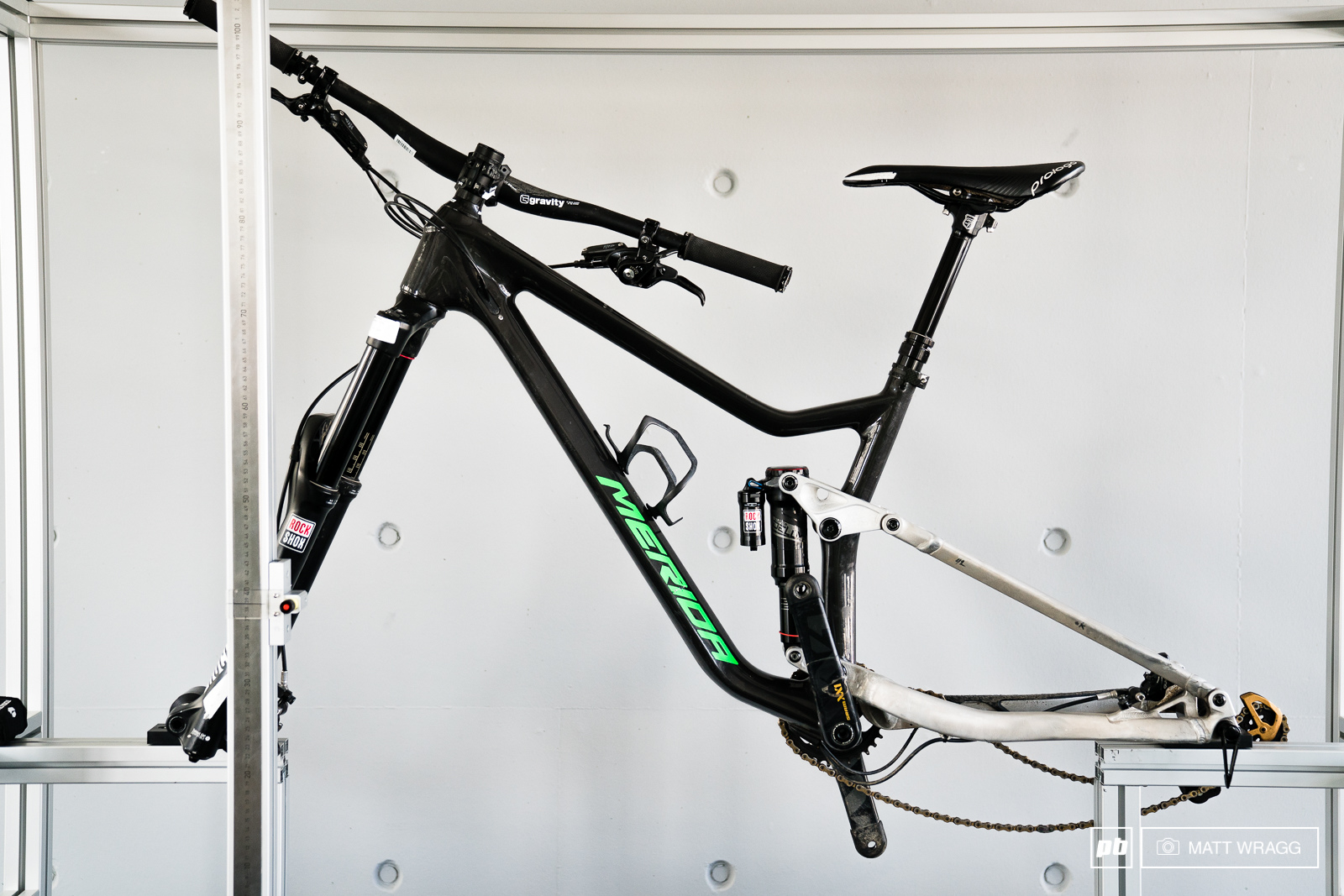
Merida have an extensive in-house testing facility in Stuttgart where they can put their new designs through all kinds of pain to make sure that they are tough enough for the job.
However, there is one area where weight considerations were set to one side and that is in the hardware for the linkage. Aside from the standard bushing at the base of the shock, everything on the One Sixty runs on bearings, not bushings, which should be a pleasing note for anyone who rides a lot in muddy conditions. "On the bearing side we use standard bearings everywhere and the main pivot uses two rows of bearings to make this area stiffer. It also reduces play, because every single bearing has a little bit of play, but by using two rows we can reduce this."
The prototypes are put through their paces by Merida staff, who are a keen group of decent riders and make sure the bikes are thoroughly abused before the designs are sent to production.
Throughout the bike, there are little touches. One that Roman is especially proud of are the ports for the cable routing – the smart entry system. "We introduced this in 2016 and now we use it in all our carbon mountain bikes, it means we have a big entry which helps with cable routing during assembly, but they then clamp at the exit to reduce rattling when you are riding."
Altogether this adds up to a bike we described as a "worthy contender for any enduro rider's shortlist" when we reviewed the bike at the start of last year. Sure, Merida may not be a name on many gravity riders lips right now (and there are no plans to launch this bike in the US, unfortunately), but if they keep making bikes like the One Sixty, it looks like Merida is a name worth paying attention to.
The finished product...
Author Info:
Must Read This Week
Sign Up for the Pinkbike Newsletter - All the Biggest, Most Interesting Stories in your Inbox
PB Newsletter Signup
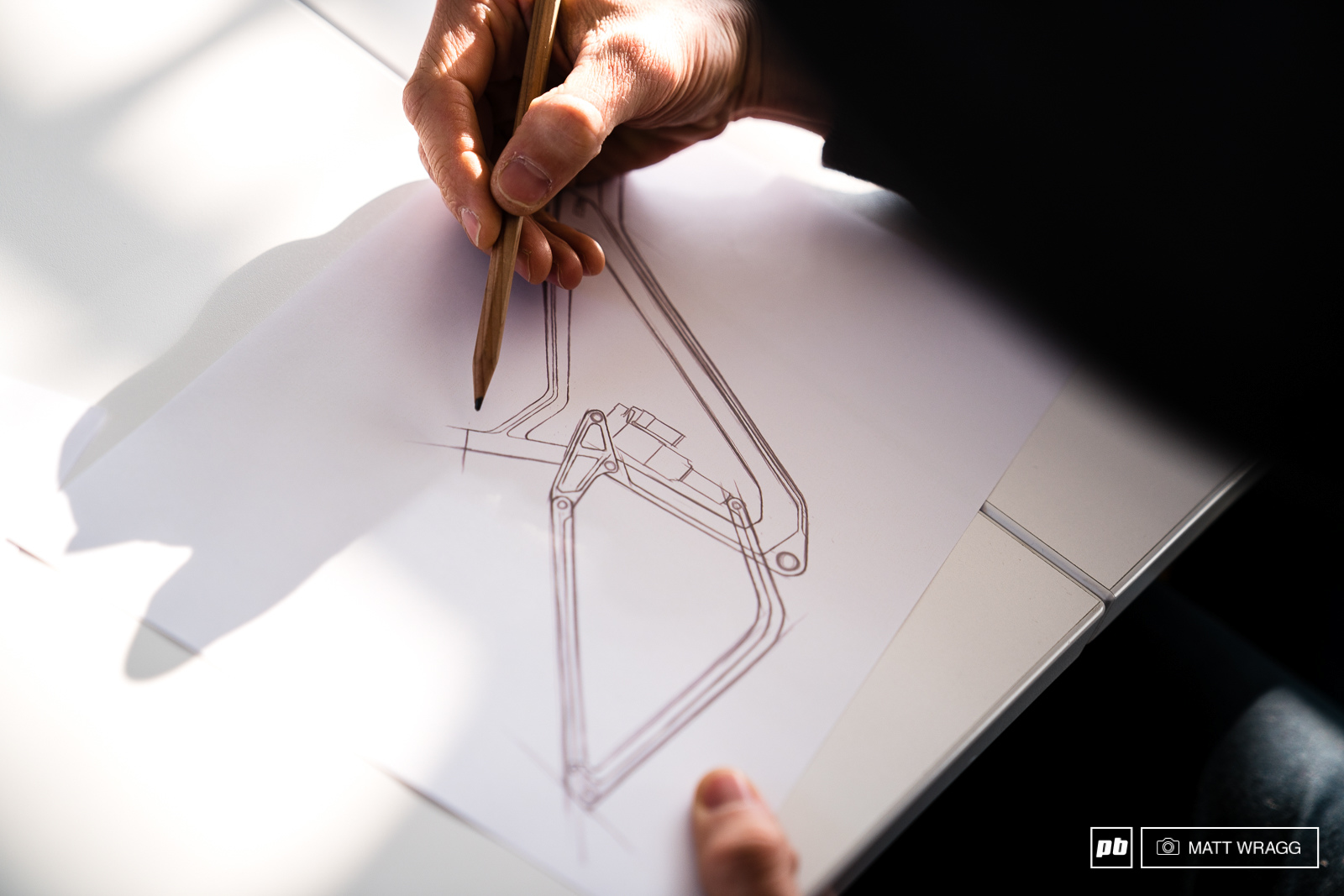

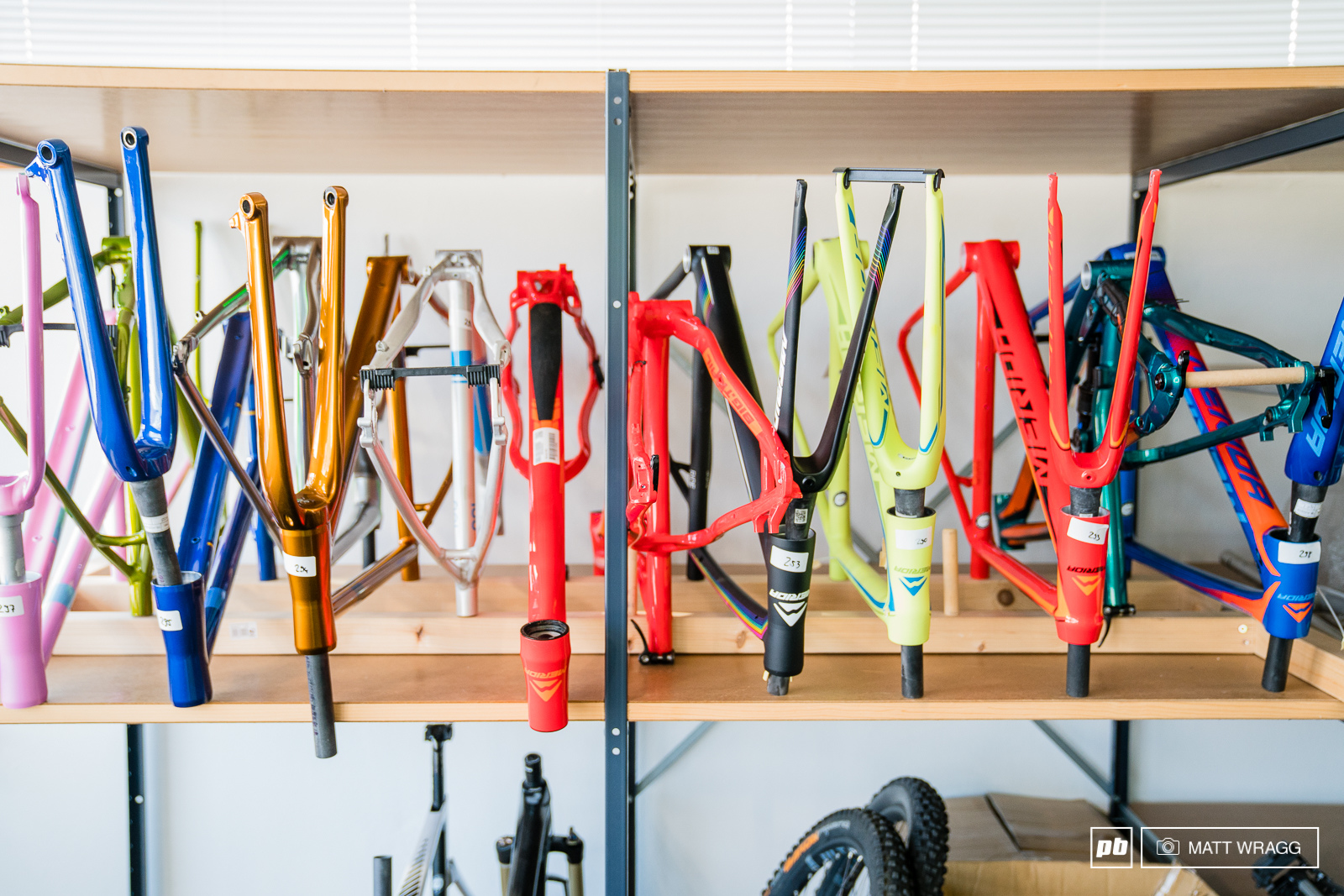

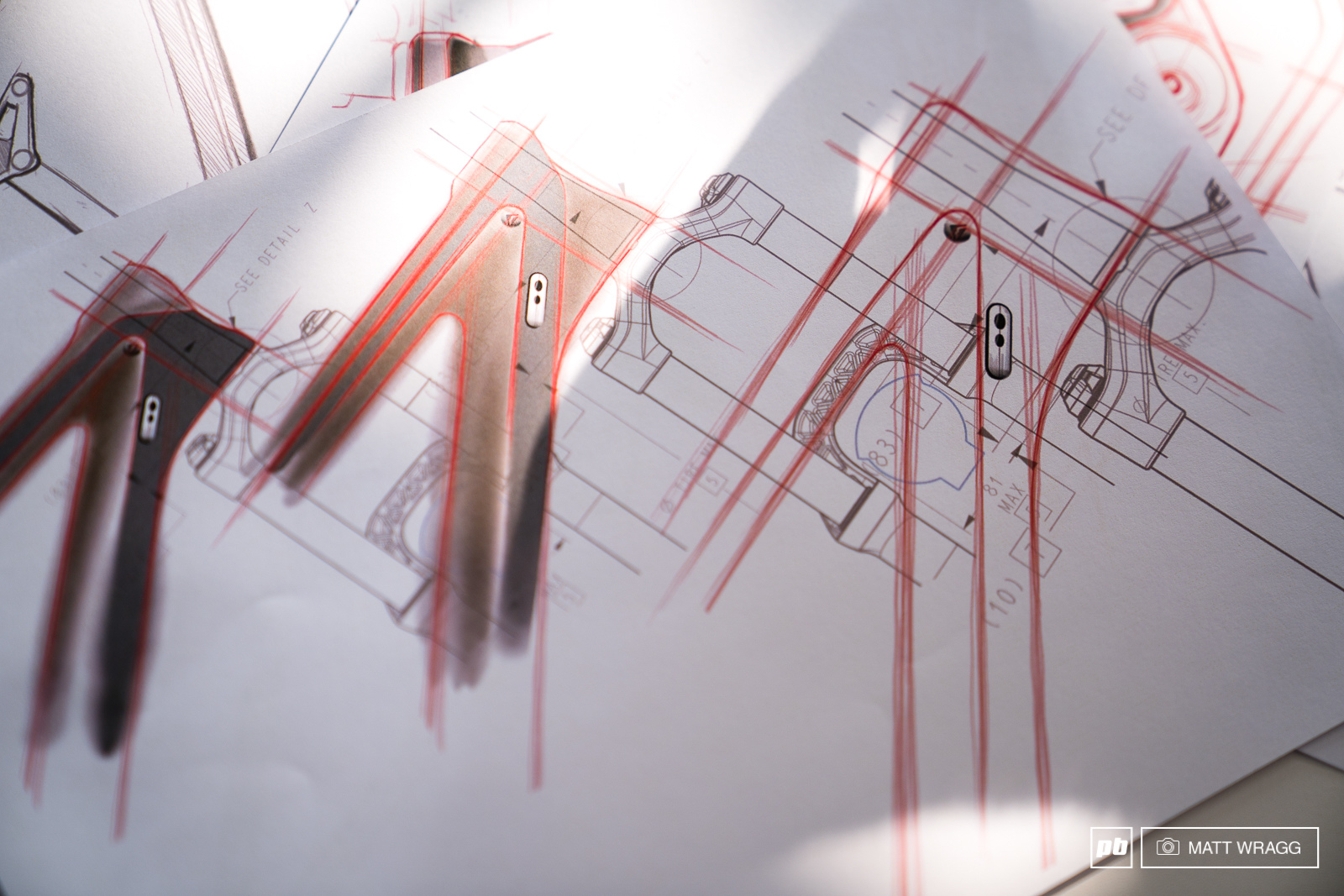
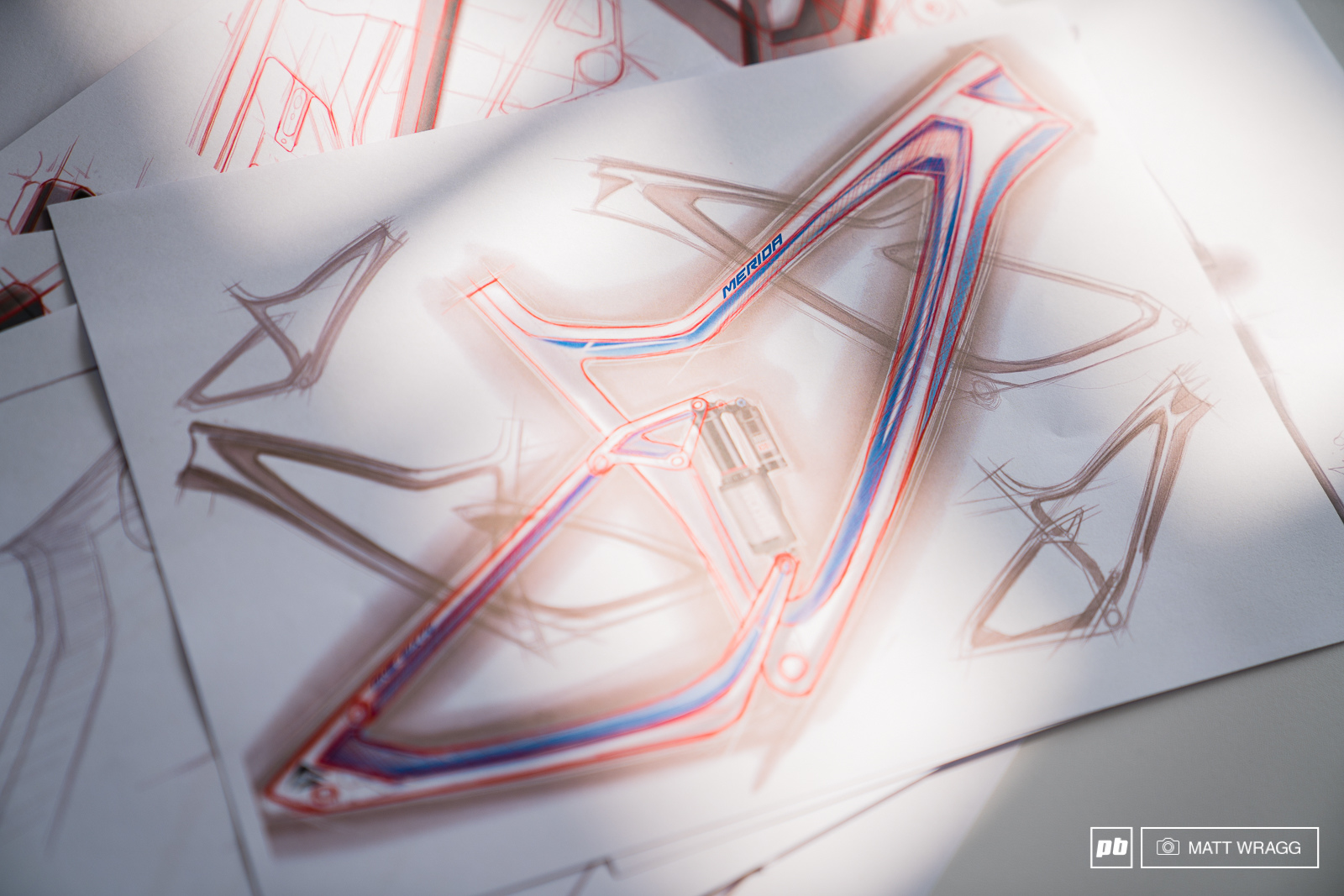
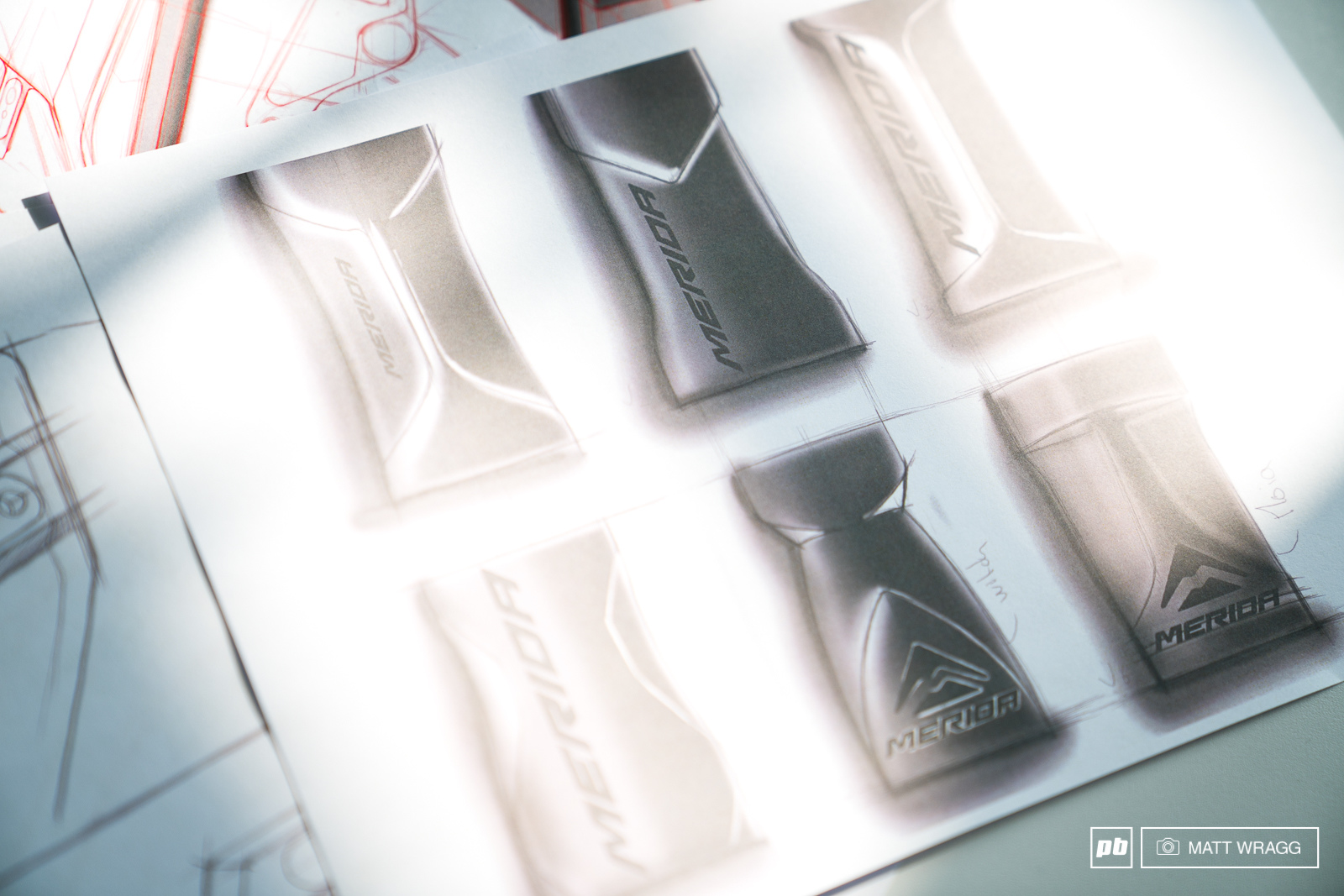


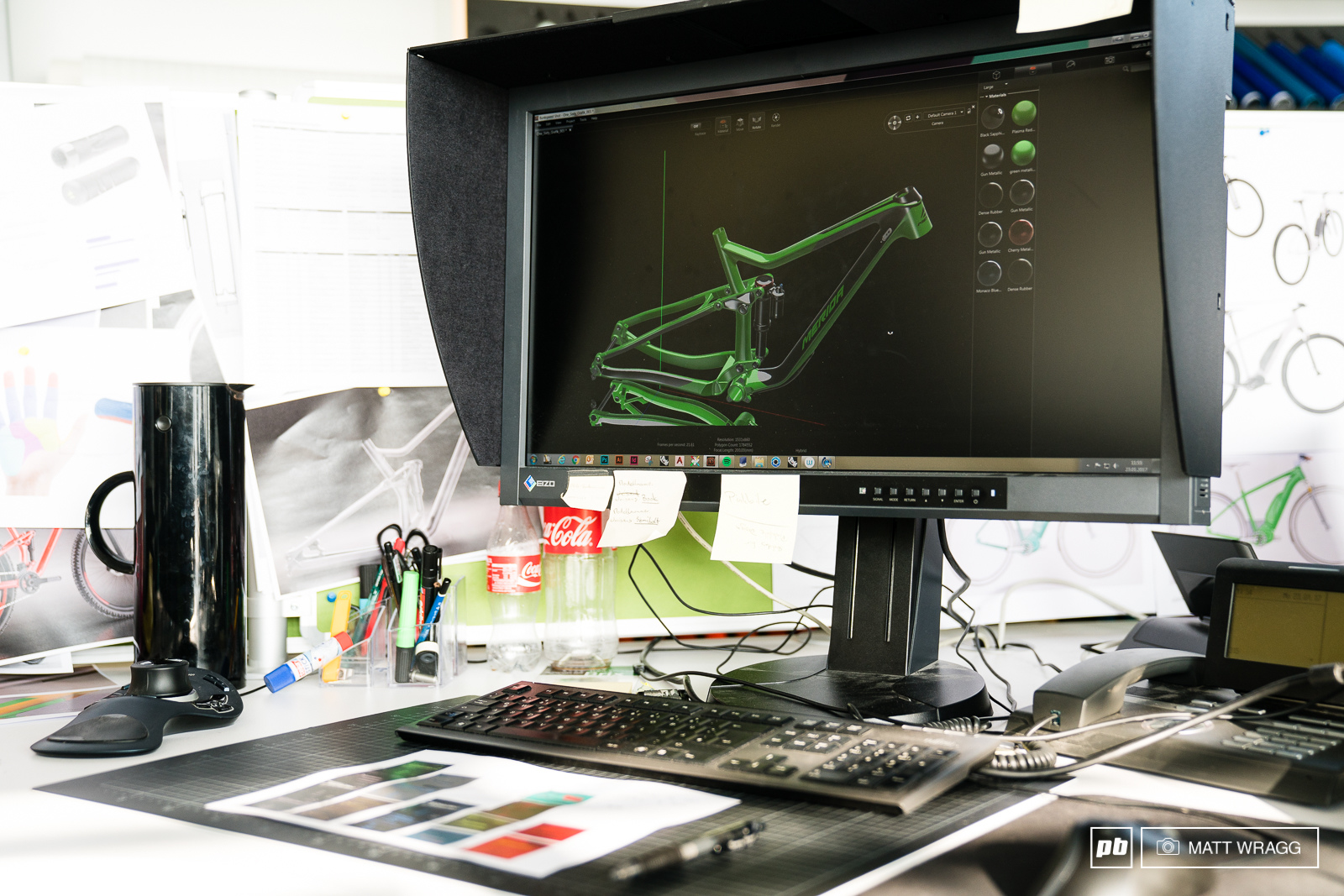
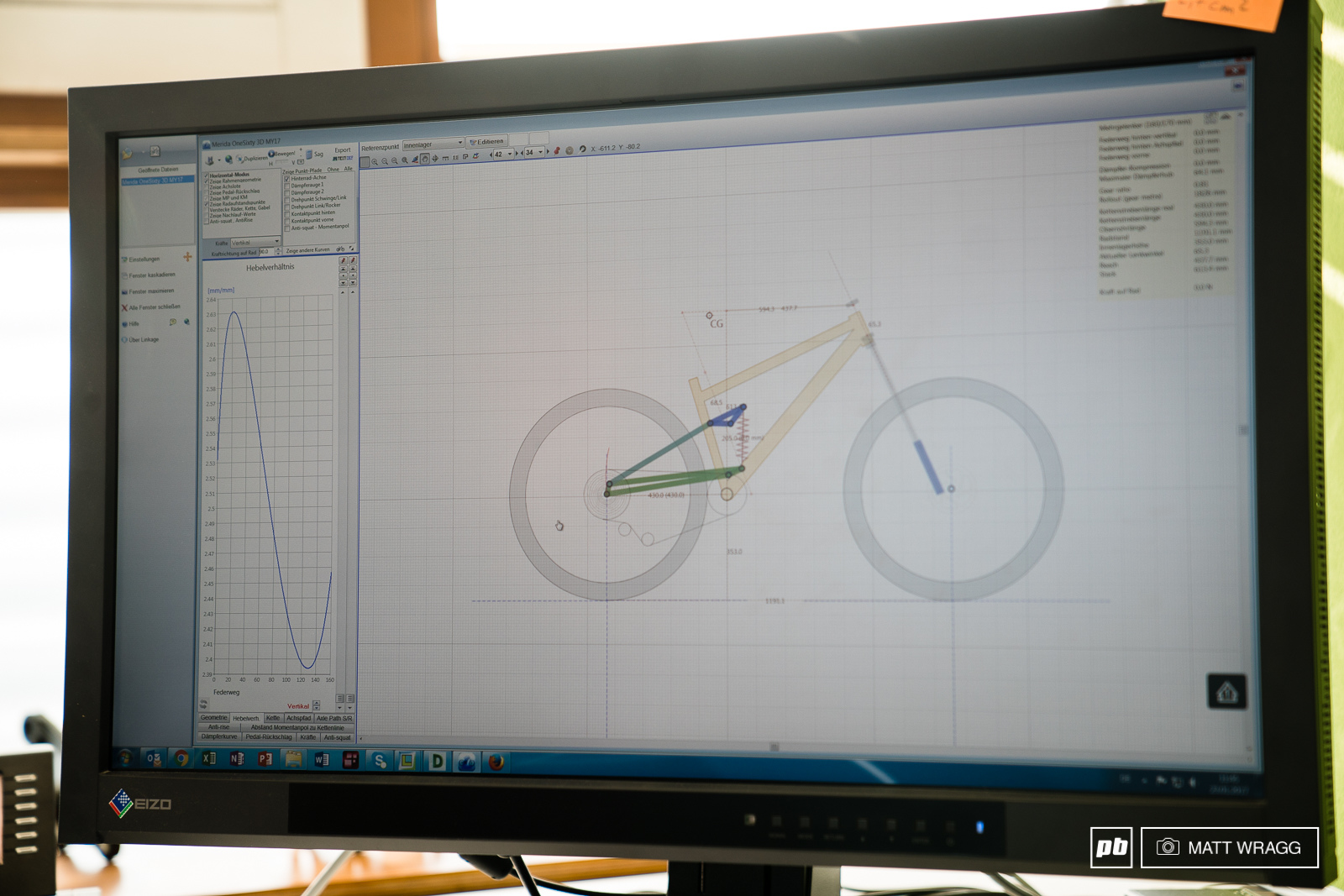


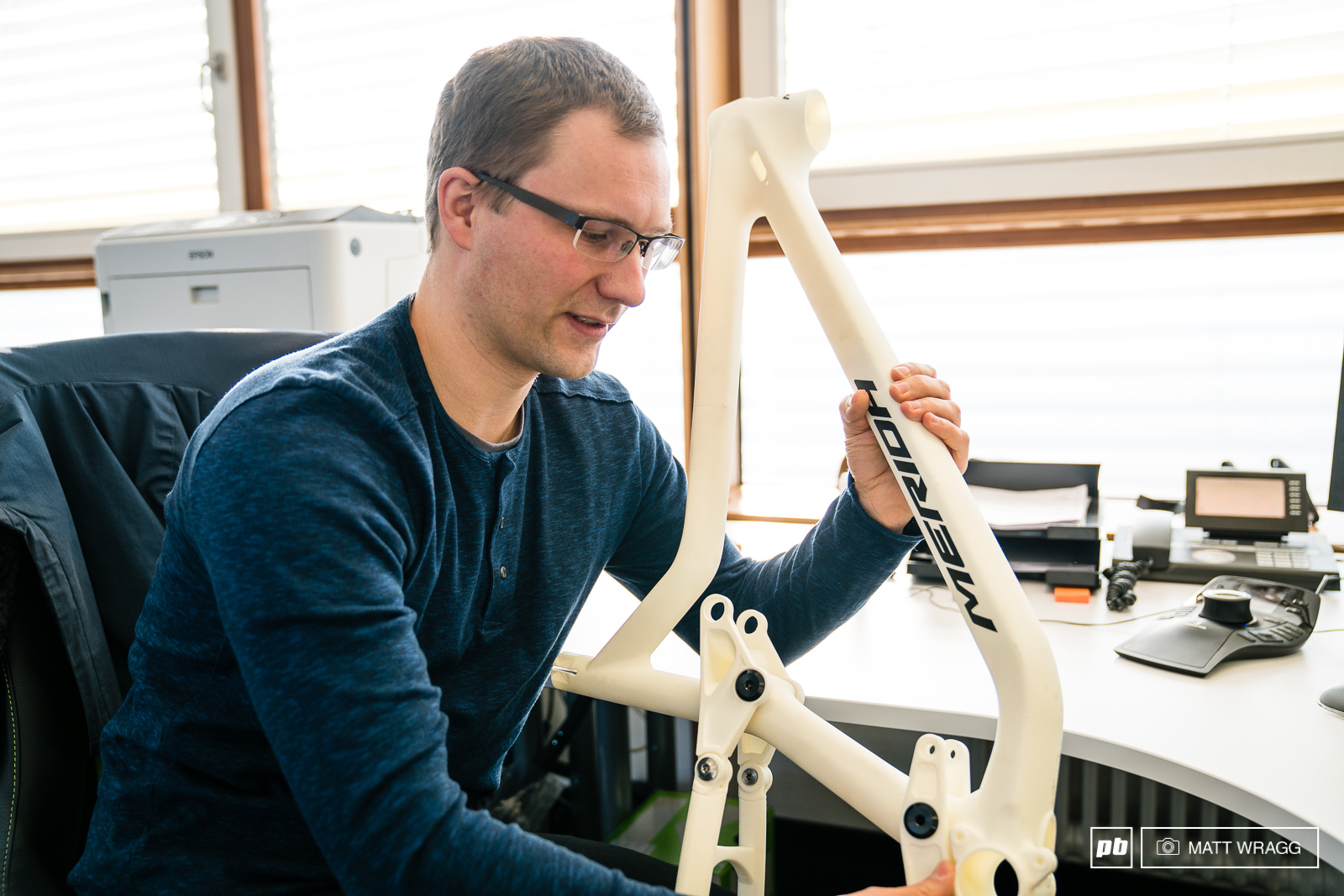

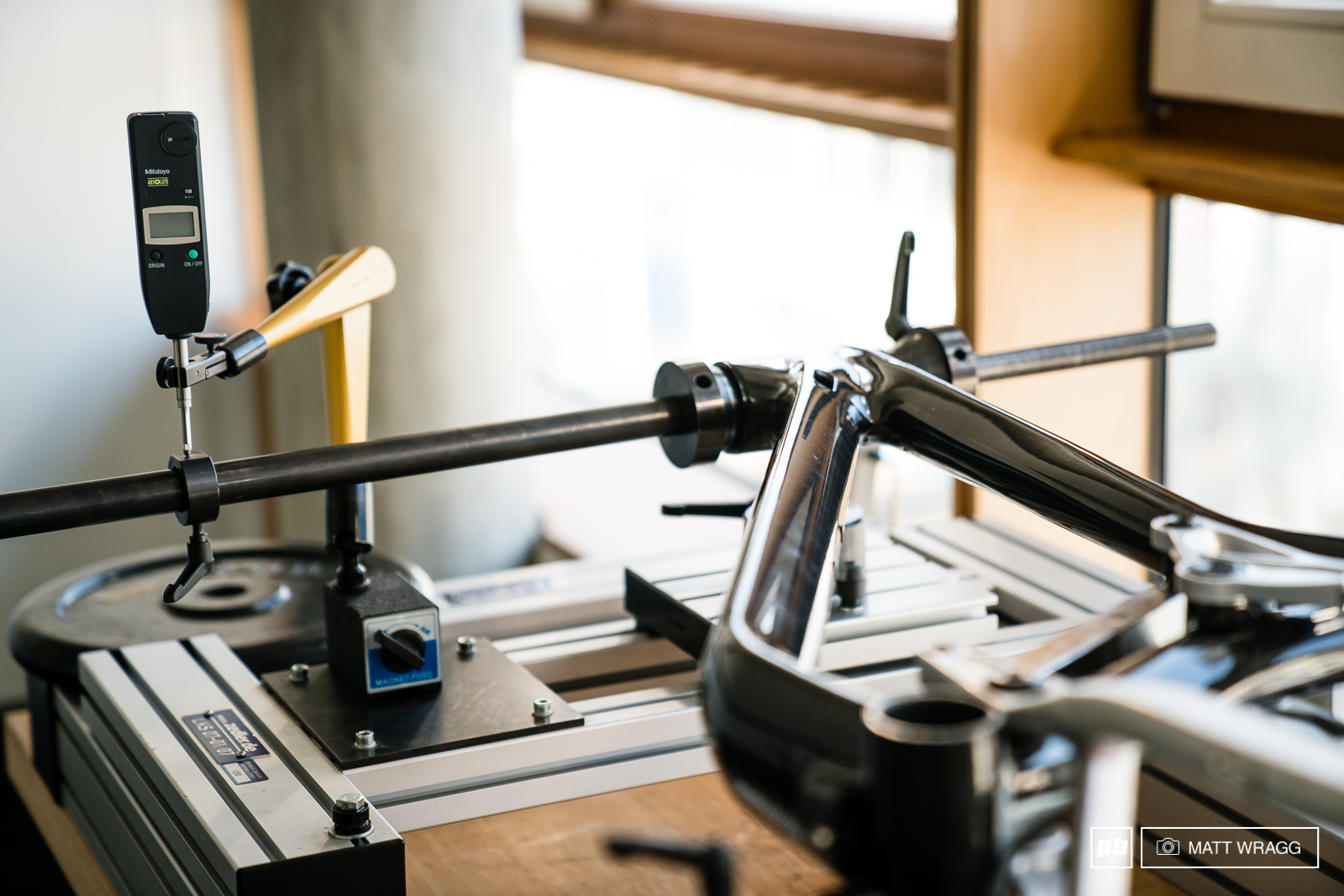



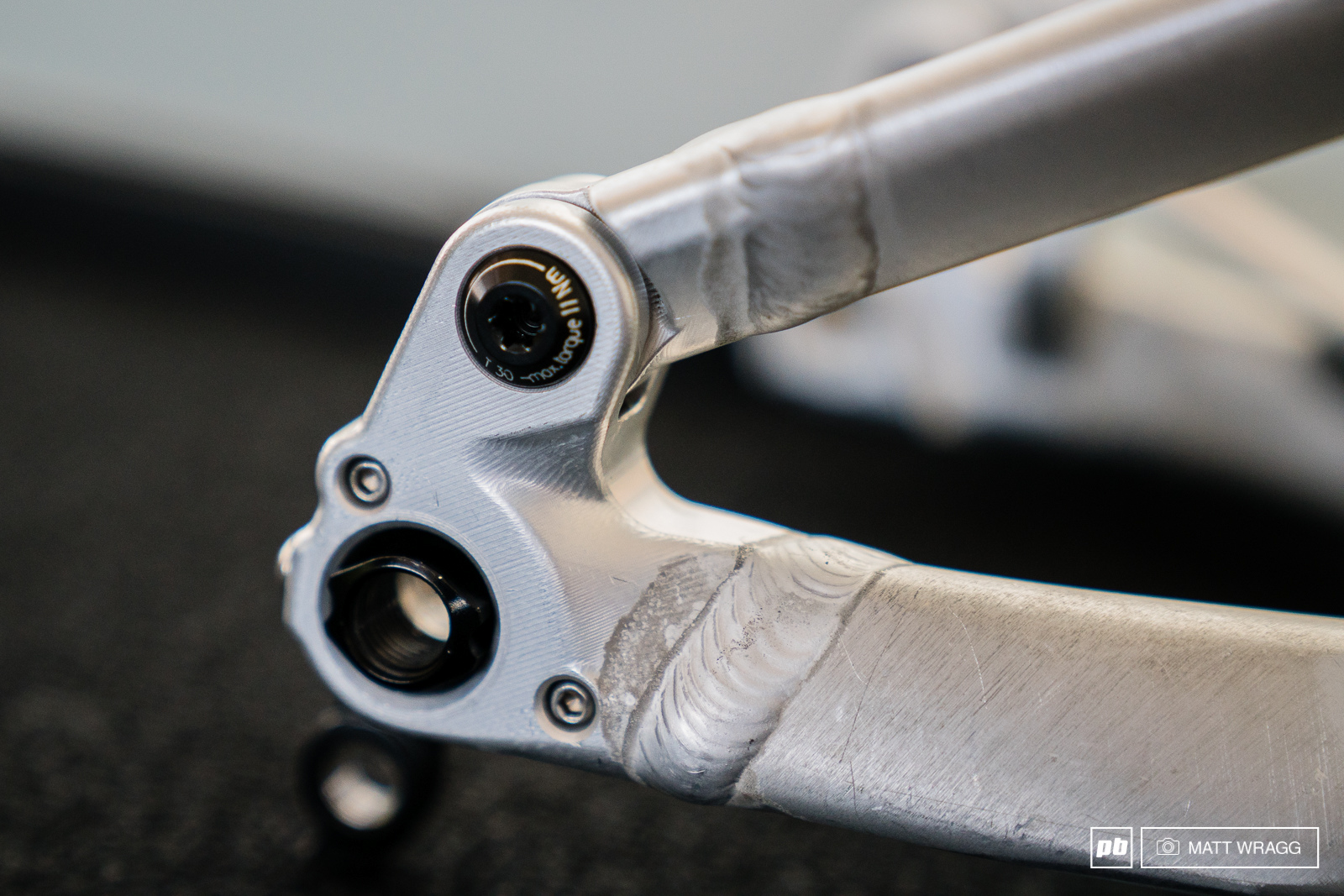
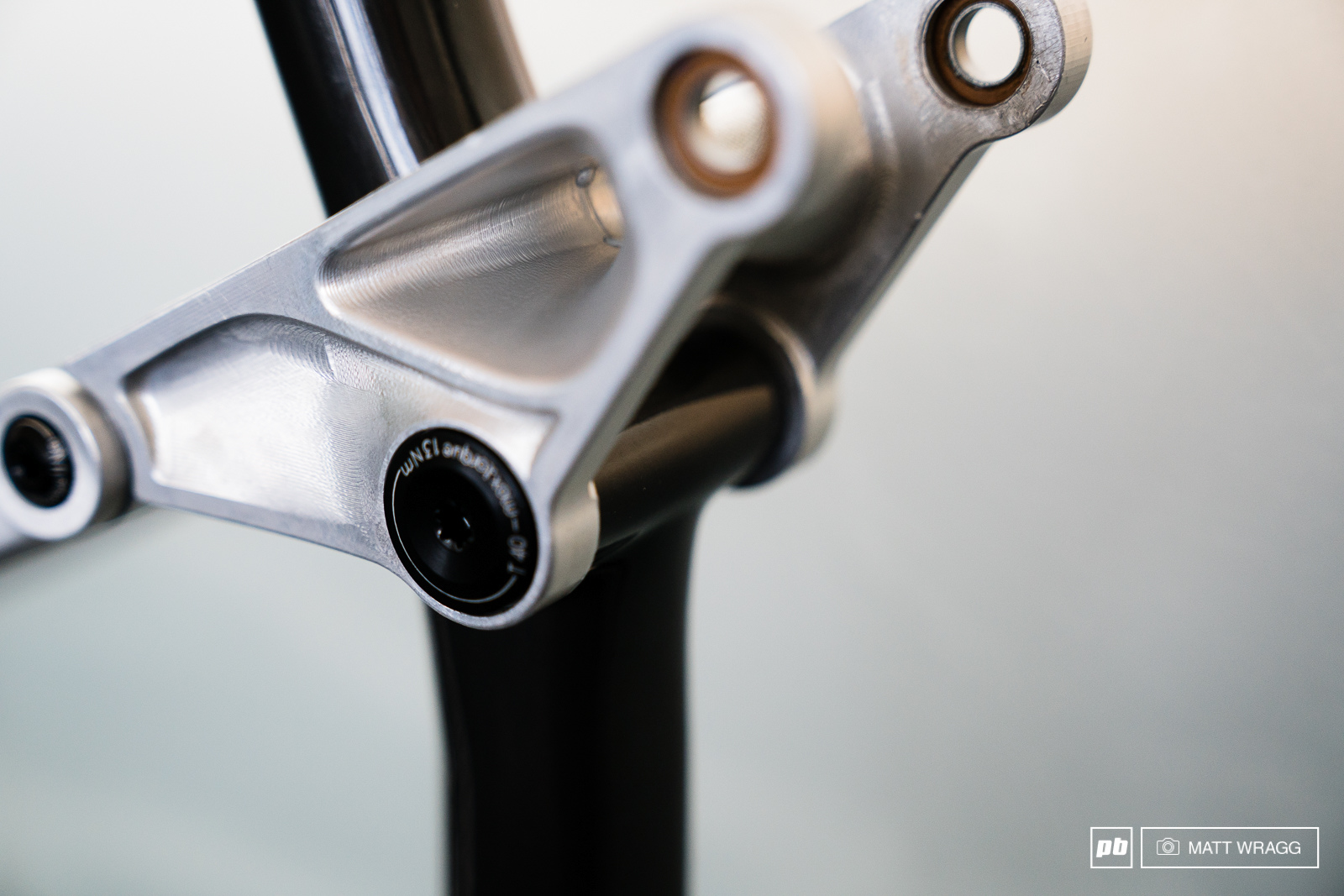
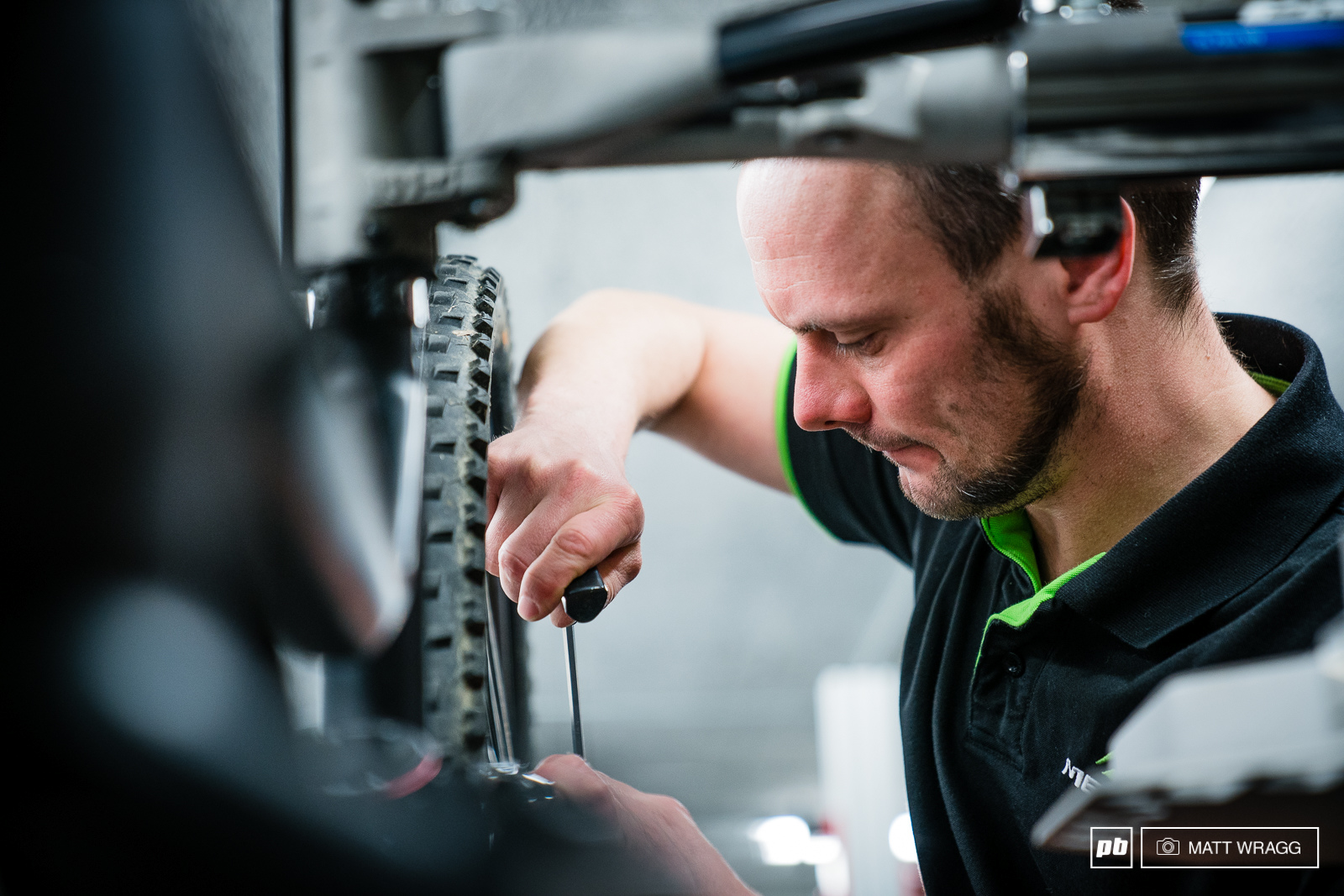
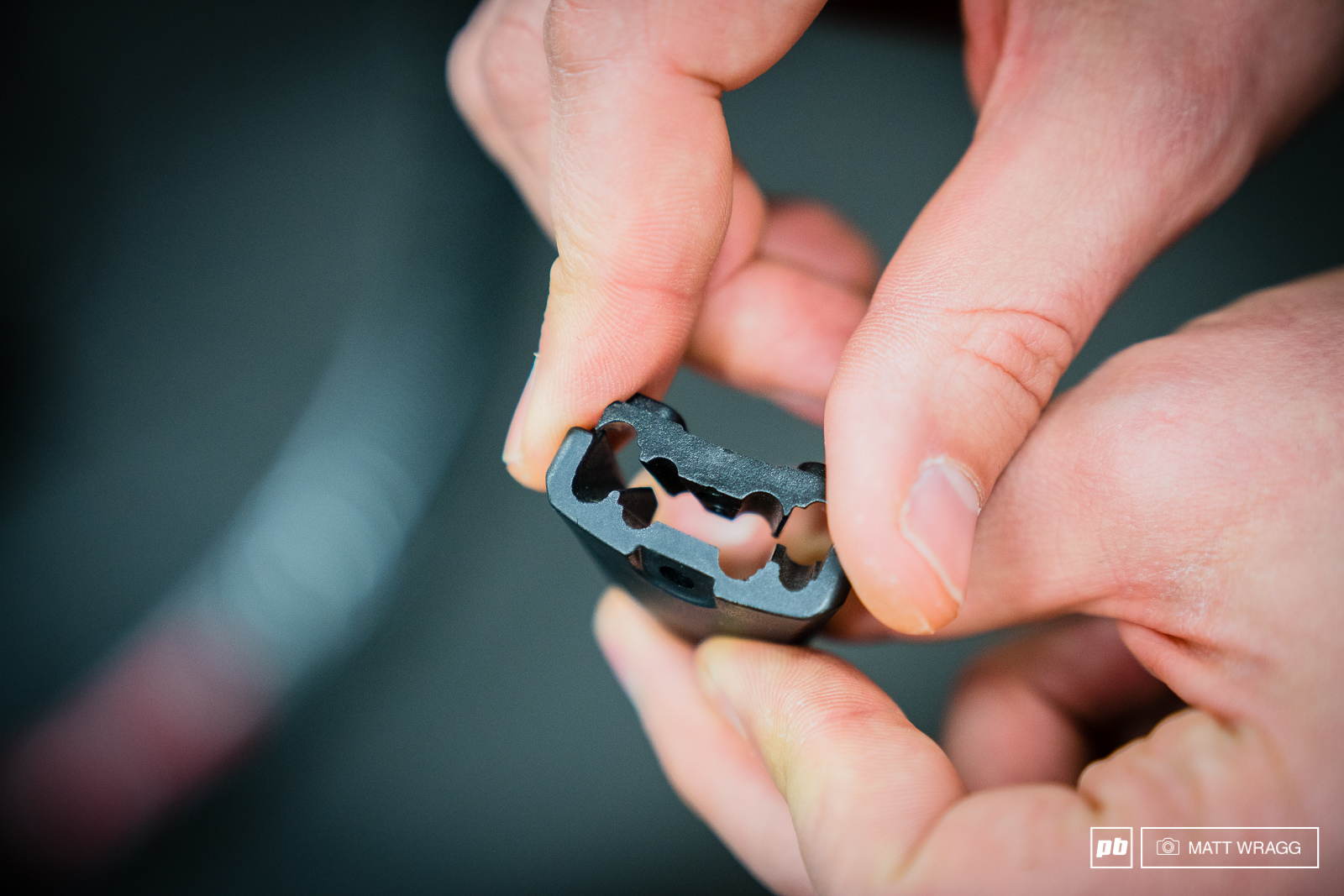

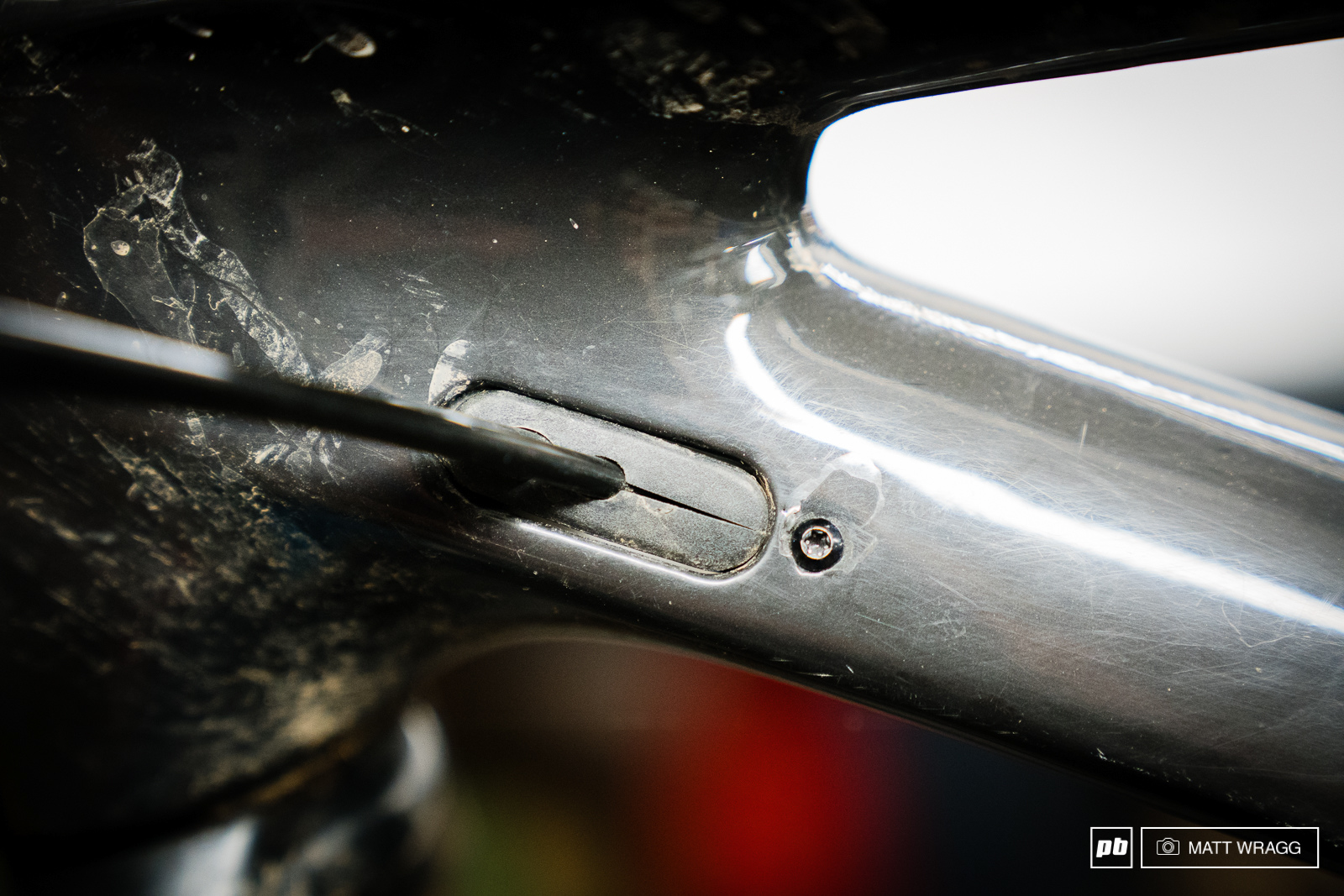


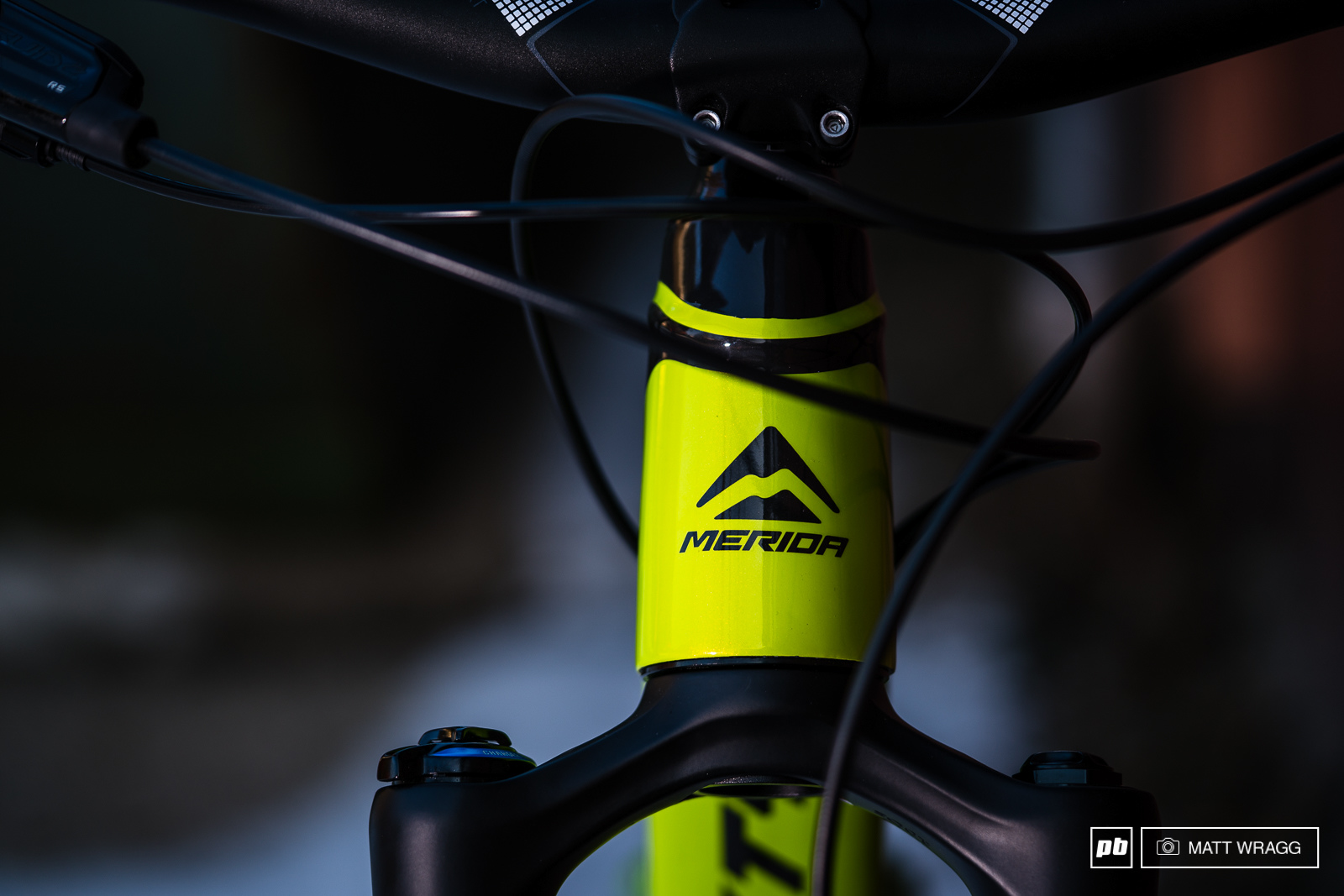
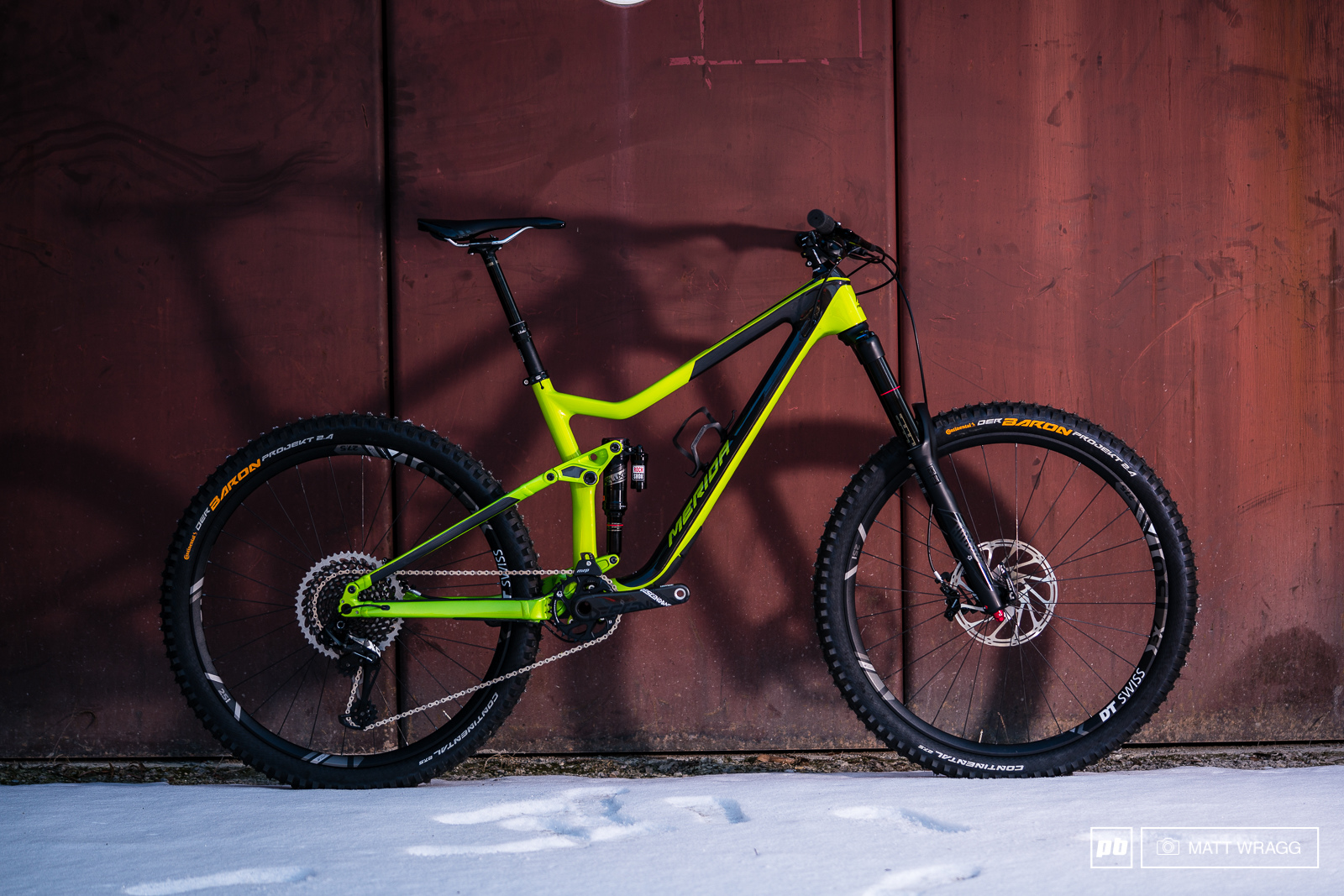

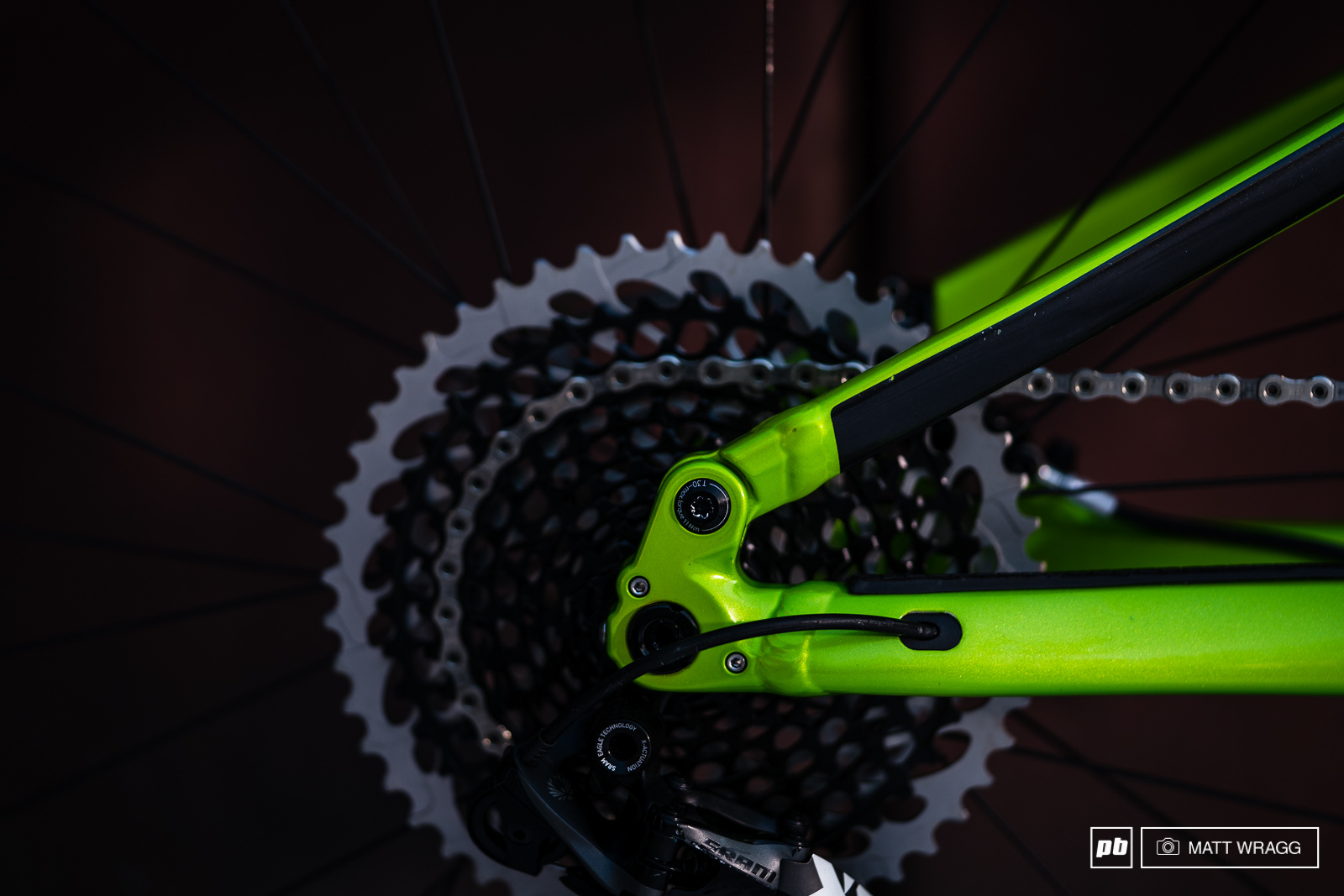

It was in all the trade publications at the time. It's no secret.
how much homogeneity one believes there is.
Anti-squat suspensions like VPP/DWL/Delta climb a better than four-bar, but it's a very small difference, and gets smaller with each new refinement of four-bar. I never touched the climb position on the shock on my '14 Enduro, and only used the trail position on really long packed dirt/gravel road climbs. Otherwise it was perfectly fine climbing. Conversely, the harshness of VPP and DWL on descents under braking can be a nuisance in a select few situations but even coming from the ultra-plush Enduro, my Carbine still feels fantastic on descents. The differences in suspension are just not enough to make or break a bike choice.
My original point is that the whole thing is overblown. The differences are very minor, i've ridden so many different designs and the only one I actually didn't like is ABP (Trek). It doesn't climb as well as VPP and it doesn't descend as well as FSR...and it doesn't party like DWL. It's just blah.
The mk2 nomad stock was horrible for climbing due to the excessive kick back on square edges. Then push industries made the push link which transformed the bike into a climbing weapon for technical trails. Never going to be a rocket up a climb compared to the DW link (I had a 6 point and still have an Azure).
You are right in that suspension is a compromise of different traits.
For Dh as a results based sport and for me (with a little history, time,conditions and slight track changes).
Fort William
Santacruz VP free 4.59
224 4.50
Sunday 5.31
V10.3 5.19
Scalp 5.27
Dhr 5.20
Nevery raced my pulse there
V10.5 5.05
The Dhr fastest time of the day was 2 seconds faster than the 10.5 time.
Perceived performance and actual track performance can be 2 different things. I have found some bikes that feel really fast (224) only felt fast because they were all over the place. Last year's 5.05 felt like I was holding the bike back still. More to come. Even at 43
But yeah, even though I feel my Enduro descended a tiny bit better than my Carbine, I can't guarantee that I was faster on it.
I always try and get a peek at what engineering software is being used to design bikes. Couldn't quite tell here, looks like some Key Shot, Rhino, and Autodesk something?? Curious what parts of the process Rhino is used for if any? The flowy linkages?
Reality is; each package is a slightly different tool used to do the same job. It all boils down to what you prefer rather than what's actually better. Like a spanner vs a socket/ratchet. Different tool; same outcome.
I personally have no preference. I learnt CATIA at first, but now I'm using Inventor. I have used Solidworks briefly. They're all okay. Can't speak for CREO/Pro E or NX though.
@haroman666: Having used Creo, Catia and dabbled with Inventor I'd agree they're ultimately a much-of-a-muchness for producing models, the differences come with the power of the bolt-on functionalities.
The important thing for anyone looking to improve / get into the industry, I'd say is understanding how to build stable and time efficient models (construction geometry is your friend)
Nice looking bike though too ????????
What happened to the good old 216x64???
The stock sizes were 216*63 and 222*70
Okey dokey.